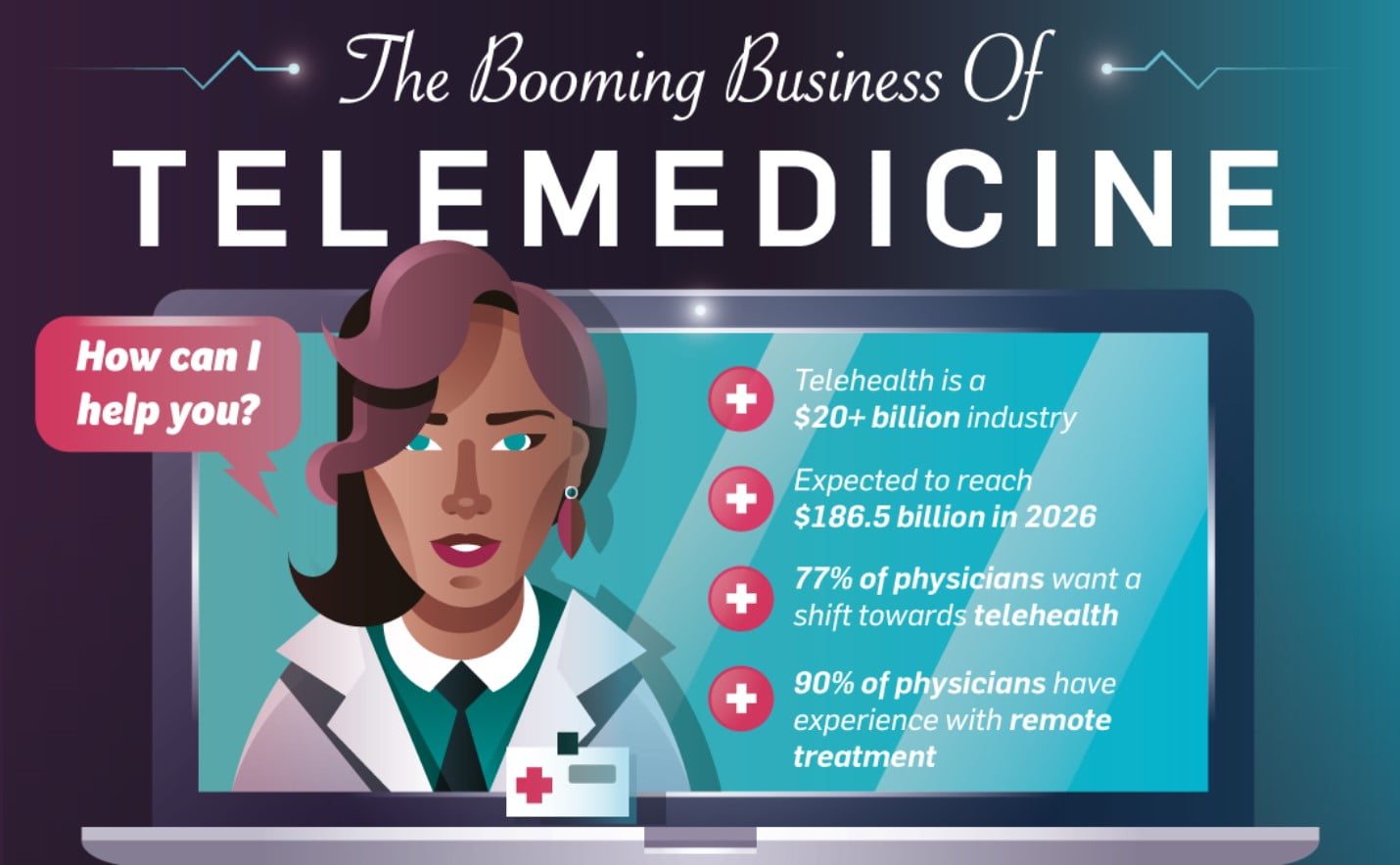Telehealth is less than a century old but has been growing in popularity at an incredible rate. Telehealth has continued to thrive even through opposing barriers. Starting in the 1920s, radio was used to give medical advice to ship clinicians. By the 1960s, primary and emergency services were transmitted via microwave. During the 1990s, videoconferencing for health skyrocketed, leading to today where even veterinary practices offer telemedicine services.
Q2 2021 hedge fund letters, conferences and more
The Services That Telemedicine Provides
Telemedicine provides remote clinical services, and telehealth provides remote non-clinical services. Telemedicine is used to support nursing home staff, deliver specialist consultations, diagnose conditions, screen symptoms, provide mental health services, and offer low-risk urgent care. Telehealth, on the other hand, is much broader; it includes physical and occupational services, chronic condition support, fulfilling medication, and facilitating provider rationing, administrative meetings, and continuing education.
New technologies have contributed to the variety of different telehealthcare platforms today. Video calls, mobile health, texting services, remote patient monitoring, and different software are a few of the programs available. 28% of consumers use technology to monitor their health. Apps and phone gadgets give patients diagnostic tools, mental health services, and electrocardiogram testing all through their mobile devices. Sensor-embedded clothing, smartwatches, and other wearable devices allow individuals to constantly monitor their health status. Even mail-in labs are available, giving simple genetic, food sensitivity, and allergy testing.
Virtual healthcare services are increasing healthcare access around the country. The emergence of telehealth has expanded access to acute care; 59% of Medicare patients have access to a laptop. In 2050, 22% of the United States population will be 65 or older, and the older population requires more needs-based healthcare. Virtual services allow older patients to stay in their homes and receive the care and check-ins they need. Telemedicine programs can serve high-risk and rural populations safely, and it lowers healthcare costs from anywhere between 17-75%.
Surge In Telehealth Spurred By Covid-19
COVID-19 spurred many to try telehealth for the first time. 61% of American patients have now had at least one telehealth appointment, and now that they’ve tried it, most want telehealth to continue. 82% of patients say telehealth has made it easier to get the care they need. Many feel less anxiety and fear when seeing a doctor remotely, and there is no need to take time off of work or commute to the doctor’s office.
The future of medicine is just a few taps away. Jonathan Linkous, the CEO of the American Telemedicine Association, states, “In an age where the average consumer manages nearly all aspects of life online, it’s a no-brainer that healthcare should be just as convenient, accessible, and safe as online banking.” Because of its benefits, patients expect their doctors to provide telehealth and digital tools. Telehealthcare is the new normal.
Infographic source: Online Medical Services







